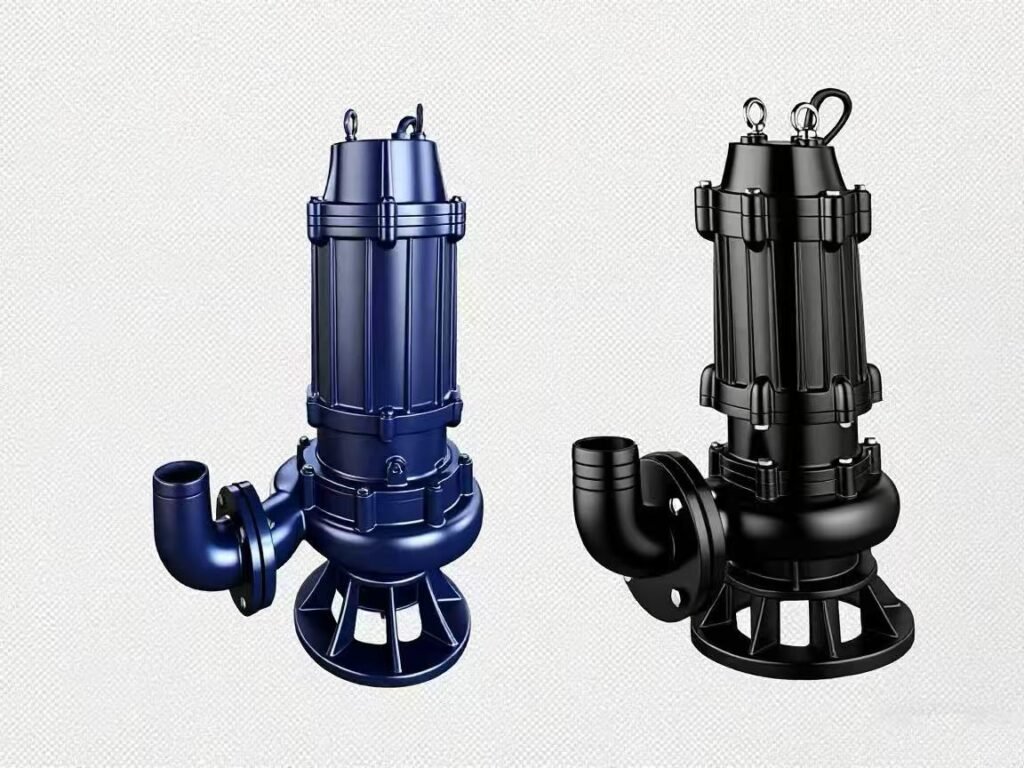Submersible pumps are more than just a mechanical device; they are the unsung heroes in various industries, from agriculture to construction, quietly but efficiently getting the job done.
How Do Submersible Pumps Work?
At their core, submersible pumps are designed to operate while fully submerged in the fluid they are pumping. This unique design allows for a seamless operation, eliminating the need for priming, which is a common requirement for many traditional pumps. The pump consists of a motor and an impeller. The motor, which is hermetically sealed to prevent water ingress, powers the impeller. As the impeller rotates, it creates a centrifugal force that propels the fluid through the pump and out through the discharge pipe.
Key Advantages of Submersible Pumps
1. Energy Efficiency: Submersible pumps are designed to be highly energy – efficient. Since they are submerged in the fluid, the motor can dissipate heat more effectively, reducing energy loss and operating costs.
2. Low – Noise Operation: Operating beneath the surface, these pumps produce minimal noise, making them ideal for use in residential areas, hospitals, or other noise – sensitive environments.
3. Space – Saving Design: With no need for extensive above – ground infrastructure, submersible pumps are a great choice for projects where space is limited. They can be easily installed in wells, sumps, or other tight spaces.
4. Durability: Built with corrosion – resistant materials such as stainless steel, submersible pumps can withstand harsh environments and have a long service life, reducing the need for frequent replacements.
Diverse Applications
1. Irrigation: In agriculture, submersible pumps are used to draw water from wells, rivers, or lakes for crop irrigation, ensuring a consistent water supply for healthy plant growth.
2. Wastewater Management: They play a crucial role in wastewater treatment plants, efficiently pumping sewage and industrial effluents for processing.
3. Construction: On construction sites, submersible pumps are used for dewatering excavations, preventing flooding and ensuring a safe working environment.
4. Aquaculture: In fish farms and other aquaculture facilities, submersible pumps are used to circulate water, maintain oxygen levels, and remove waste.
Choose the Right Submersible Pump for You
When selecting a submersible pump, consider factors such as the flow rate, head (the height the pump can lift the water), the type of fluid being pumped (clean water, sewage, etc.), and the power source (electric or diesel). Our range of submersible pumps offers a solution for every need, whether you are a homeowner looking to drain a basement or a large – scale industrial operation.
Discover the power and reliability of our submersible pumps today and revolutionize your fluid – handling tasks!

